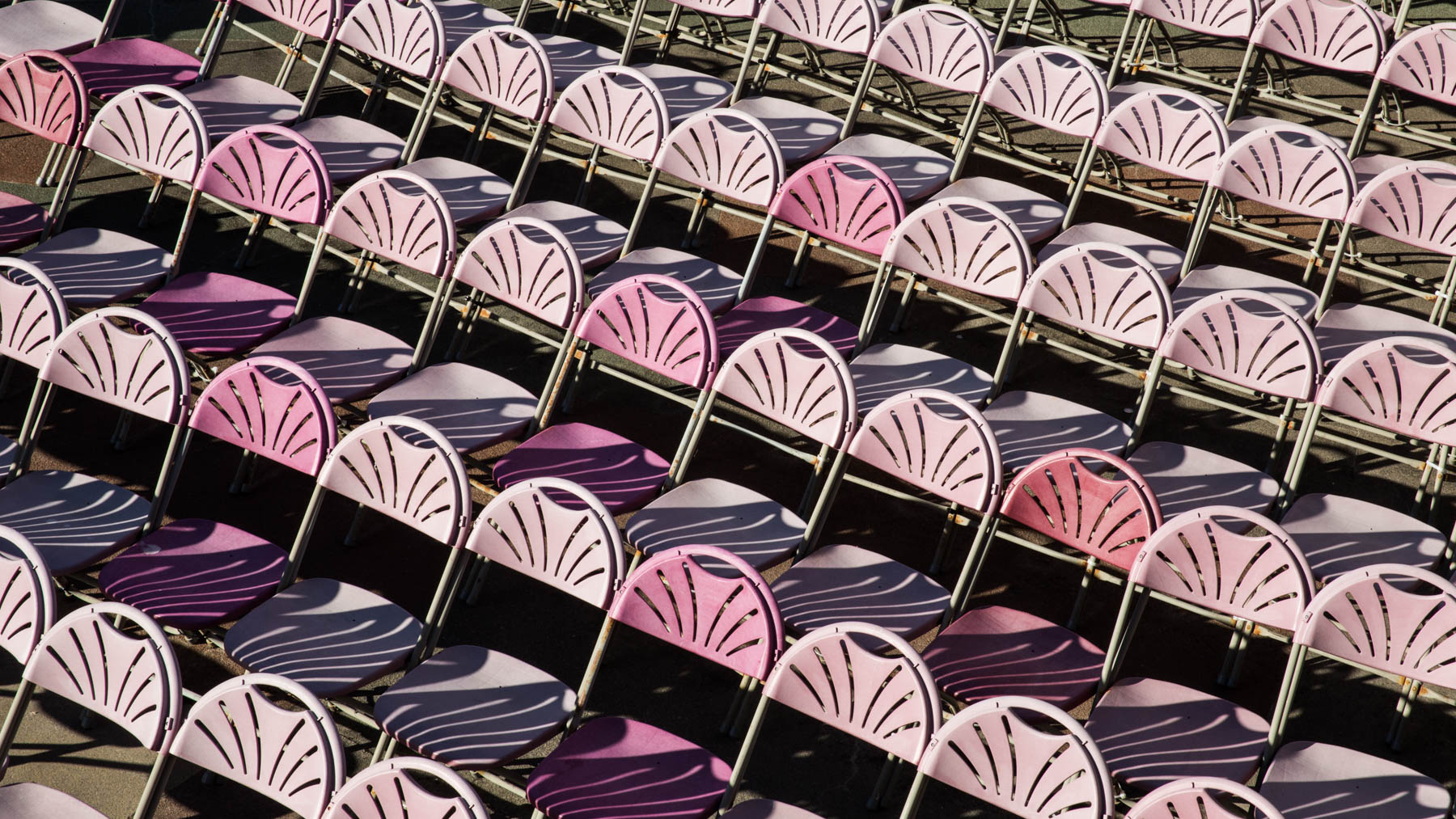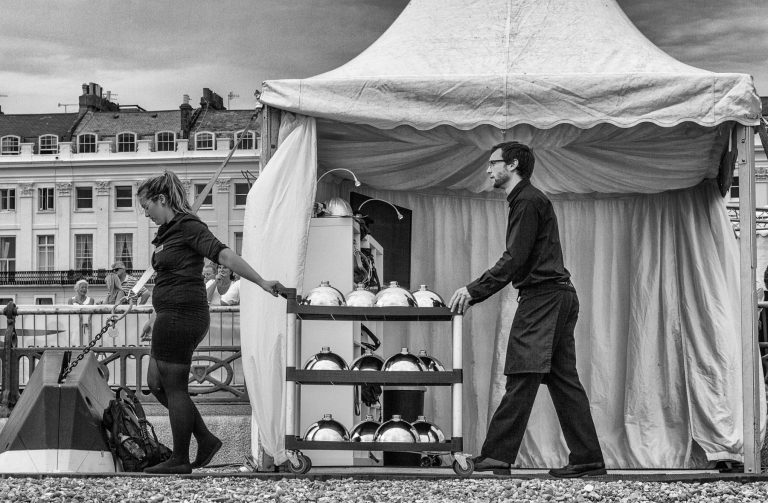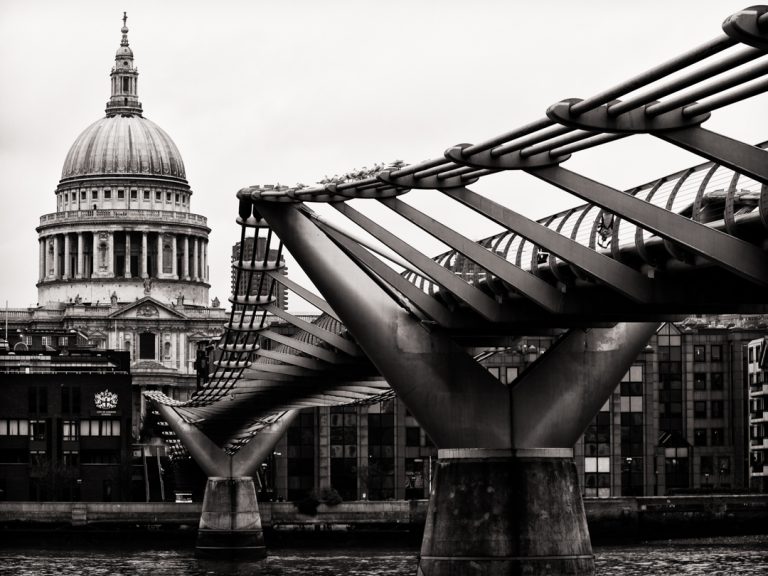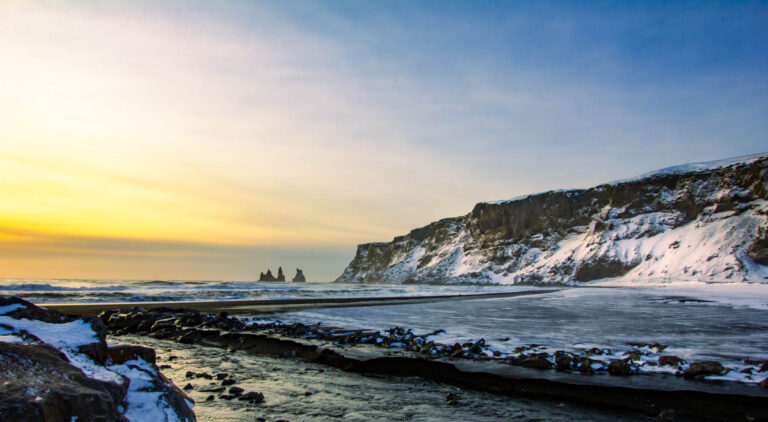A Complete Workflow for Photography
Why A Complete Workflow for Photography?
As some of you will know, I’ve been busy producing videos for YouTube, describing in detail how to use DxO PhotoLab 7. One of the takeaways was you should create a workflow that is repeatable, that will take you through the editing process irrespective of what software you are using. The video in question was called DxO PhotoLab 7 – Workflow and UI.
There has been a lot of interest and comment on the video and one suggestion that was made was “Why haven’t you shown the process of moving images from camera media to filesystem?” It’s a good point and the short answer is because it has nothing to do with PhotoLab 7. This is software that simply indexes a filesystem, unlike Lightroom or Capture One, there is no ingest process.
But it set me thinking, moving images around is part of a workflow without doubt, but then so is backing up images, so where do you draw the line between software function and what goes on outside the software? I thought I’d make a video about it as there is clearly a demand, but then I should make another video about back up?
Table of Contents
This is how the idea for a new series of videos was hatched. A Complete Workflow for Photography is what it will be called. It will be platform independent in that I am not affiliated with all of the companies whose products I recommend, but be assured, I won’t be recommending anything I don’t use myself! I will be featuring Canon cameras and lenses, Adobe and DxO software, SanDisk cards, SanDisk and Kingston Card Readers, Epson Printers.
Videos
This is how the series will look.
- Episode 1: Structure vs Creativity. Why we need a Structured Approach to our Photography
- Episode 2: Creating a Vision and Researching the Location
- Episode 3: Preparing the Camera: Lens selection & Custom modes
- Episode 4: Taking the Photograph – Framing and Viewpoints
- Episode 5: Moving Images from Card to Permanent Media
- Episode 6: Corrections
- Episode 7: Creative Decisions and Refining the Vision
- Episode 8: Exporting for Social Media and Print
- Episode 9: Back Ups
Some of these topics I have already written about such as A Backup Strategy for Photographers in 2022, but I get more viewers on YouTube than I get readers on this website, so there will be a video made to accompany that article when it is updated.
To enlarge on the theme, is there any such thing as a complete workflow for photographers? My background as a commercial photographer tells me that there is. When you are working under time constraints, you are heavily incentivised to find common ways of resolving the same issues and once you have processes that work for multiple tasks, you have the beginnings of a workflow.
Structure vs. Creativity
I know that part of the attraction of Landscape Photography is that it affords the photographer time and space to really study the landscape in any location and given this opportunity it’s inevitable that some of the bigger questions in life will be considered.
This is not a bad thing, the therapeutic properties of landscape photography are well known, a paper published by the National Library of Medicine in the Netherlands called Autonomic Nervous System Responses to Viewing Green and Built Settings: Differentiating Between Sympathetic and Parasympathetic Activity confirms the effects of viewing photographs of green and built spaces in the driest and most comprehensive terms!
This does not mean however that the creative process is exempt from the workflow or inhibited by structure. In fact I would argue that without the workflow some of the creative parts may not even happen. For example the process of visualisation is important as that is where the image begins to take shape. Without that we would be strolling around like tourists, snapping everything that looks even vaguely interesting.
Your Photographic Voice
A secondary effect of deliberation in the initial parts of the workflow is to accelerate your progress towards finding your photographic voice. This is different for everyone, but my gut feeling is that common themes will start to emerge from the deliberative process. Nurture those common themes and everything begins to fall into place.
Your photographic voice is personal to you. Some photographers create a look that acts as a brand, immediately identifying their work. This is not a voice, it’s a brand. And my guess is that these photographers being to feel restless within those confines. An artistic voice is strong enough to stand up for years, decades even. Unless it comes from deep within then, like Brexit, it is unlikely to survive impact with reality.
Commercial vs. Landscape Photography
A complete workflow for photography helps to focus our attention on the goal, which is always to take the best photograph that circumstances allow. In commercial photography the vision is that of the client, albeit inspired by the photographer. There is no messing about in the studio, you’re on somebody else’s time so delivery is all important.
In landscape photography though it is not uncommon to find that the original idea doesn’t work as well as a new idea you tried out on location. That’s part of the joy of the process. Because of my background I was always very oriented towards “getting the shot” but this year I have spent a lot more time in composition mode, experimenting with different views and camera/lens combinations. I spend more time exploring locations, identifying possible compositions with a view to researching, revisiting and shooting.
Location Research
An example of how this works in practice is that I research the locations in daytime, often in the company of my hiking friends. Sometimes I get great pictures, but often I note that the same scene would be ideal at dusk or dawn, in different conditions with different light. That is when the offsite research comes in. Using resources like PhotoPills and the Photographers Ephemeris it’s possible to give yourself the best chance of getting the best light. And it’s the light that often makes the photograph.
Structure as an Enabler for Creativity
I’ve tried to keep this post above the purely technical, with some degree of success. And this idea doesn’t apply to all types of photography, but the principle certainly does. Take for example my time as a commercial photographer.
In commercial photography there are things that need to happen before the client and/or the product arrive at the studio. Here’s a short list.
- Preparing the Lights
- Checking Batteries, Cards, Cables
- Checking Computer connectivity if shooting tethered.
- Selecting props if needed
- Cleaning lens
- Checking Sensor for Dust
It’s obvious even from this short list that this stuff is highly technical and potentially distracting. Ideally this is what an assistant would do, but I rarely could afford an assistant. So it would get done the night before the shoot, leaving me free to switch into creative mode when the client is with me.
My point is that a structure that says “Do this stuff before the Shoot” is obviously helpful. And as the shoot progresses there are other annoying details that need to be absorbed into other processes. Such as labelling the cards or transferring the images to storage. Once these things are routinised then your brain doesn’t need to engage, you’re not reinventing the wheel every time you do a shoot because much of it is absorbed into a well oiled routine. This leaves you free to be creative.
Summary
The essence of good Landscape Photography is deliberation. By that I mean doing things deliberately, and if this isn’t a contradiction in terms, deliberately including experimentation into a part of your workflow! For example, I routinely take photographs of the same subject from various angles, knowing that most of them will never see the light of day, but there is always a chance that I will come up with a better angle than the one I intended to take.
This is where landscape photography differs from commercial photography. The client has a vision that they are employing you to deliver. Street photography is more spontaneous when it comes to pressing the shutter, but still needs to be planned. I can’t think of any form of photography that exists exclusively in the moment.
A Complete Workflow for photography is essentially a meta-workflow – it contains all of the detailed workflows for each part of the process. The videos will make the case for doing things this way and then deal with each micro workflow in turn.
Some of the content in the micro workflows will be technical and some theoretical. Dip in an out according to what matters to you and be aware, please, that I can’t cover every type of software, and hardware that people use. I’ll be talking about the software and hardware that I use and that policy is what keeps this website honest. All opinions are my own!







